Libraries play a vital role in preserving human knowledge, culture, and history. The largest ones in the world house millions of items, from books and manuscripts to maps, multimedia, and historical documents. Each of these institutions serves as a treasure trove of information, catering to researchers, students, and the general public. They span the globe and reflect the rich intellectual heritage of their nations. Below is a look at the largest libraries in the world, arranged from smallest to largest by the size of their collections.
German National Library

The German National Library, founded in 1912, is Germany’s largest national archive, with facilities in both Leipzig and Frankfurt. Its collection includes over 32.7 million items, making it a vital repository for German-language literature and materials about Germany. Its mission is to collect, catalog, and preserve publications from Germany, works in German published worldwide, and items relating to German culture. It plays a crucial role in preserving the literary history of Germany, including works by German-speaking emigrants from the Nazi era. Its extensive holdings include not only books but also music scores, maps, and multimedia archives. It also houses significant electronic resources and databases. It has evolved into a critical cultural institution, with its reading rooms and archives drawing researchers and scholars from all over the world. Its impressive digital collection makes it accessible to an even broader audience.
Royal Danish Library

Denmark’s Royal Library, founded in 1648, is the largest library in the Nordic region. Located in Copenhagen, it boasts an impressive collection of over 35.4 million items. The library serves as the Danish National Library, with materials ranging from ancient manuscripts to modern digital archives. It is known for housing Denmark’s oldest book, published in 1482. This library also includes scientific works, corporate publications, and a growing digital collection of about 791 terabytes. Its landmark building, called the Black Diamond, is a striking modern extension to the original structure. In addition to its comprehensive national archives, the library also holds a wealth of international works. It is a hub for academic research and a popular cultural center, hosting exhibitions and literary events throughout the year.
National Library of China

The National Library of China (NLC), located in Beijing, was established in 1909 and is the largest library in Asia, with over 37 million items. It holds an extensive collection of Chinese literature, including ancient manuscripts, historical texts, and foreign publications. It also houses inscribed oracle bones and rare works dating back to the Shang Dynasty. NLC serves as the repository for United Nations publications and other international materials. It is a vital resource for researchers, scholars, and students interested in Chinese history and global literature. It sees millions of visitors annually and has become a central pillar in China’s efforts to preserve and promote its cultural heritage.
Bibliothèque Nationale de France
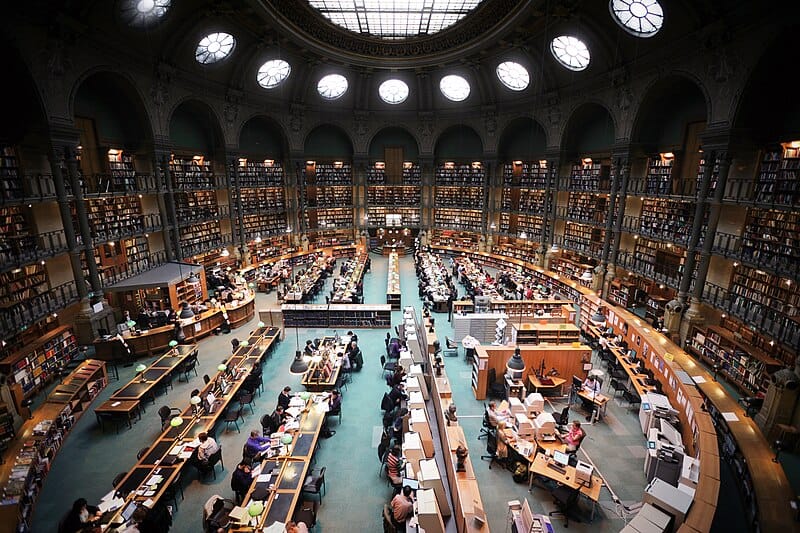
The Bibliothèque Nationale de France (BnF), located in Paris, was officially founded in 1792 but traces its origins to the royal library of Charles V, established in 1368. It holds over 40 million items, including books, manuscripts, maps, and recordings. It serves as a legal deposit institution, collecting copies of every work published in France. BnF’s vast collection is housed across multiple sites, including its flagship location at the François-Mitterrand building. Its digital collection, Gallica, provides users with access to millions of documents online, including rare books and historical newspapers. It also hosts major exhibitions and serves as a center for literary and cultural events in France. Its mission of preserving French cultural heritage extends to international collaborations and research initiatives.
National Diet Library

The National Diet Library (NDL) in Japan was established in 1948 to assist the Japanese legislature, with branches in Tokyo and Kyoto. It holds more than 41.9 million items, including books, journals, maps, and foreign publications. Its collections are particularly strong in political, legal, and scientific documents. The NDL also archives the entire body of post-war Japanese government documents. In addition to its main branches, the library has smaller service points across the country, making its vast resources accessible to a wide audience. It is known for its comprehensive digitization efforts, providing access to its collections worldwide.
Russian State Library

The Russian State Library, located in Moscow, is one of the largest libraries in the world, holding approximately 47 million items. Established in 1862, it is the country’s most prominent legal deposit library, where a copy of every book published in Russia is stored. The collection includes 17 million books, 13 million journals, and a wide array of multimedia items, maps, and music scores. It also contains rare manuscripts and an extensive collection of Soviet-era literature. It is a cultural monument in Moscow, with an impressive structure reflecting Soviet design. Visitors can access national and international academic resources, making it a global research hub. In addition to its vast collection, it is also known for its high-quality conservation efforts, preserving many of Russia’s most valuable cultural treasures.
Library and Archives Canada
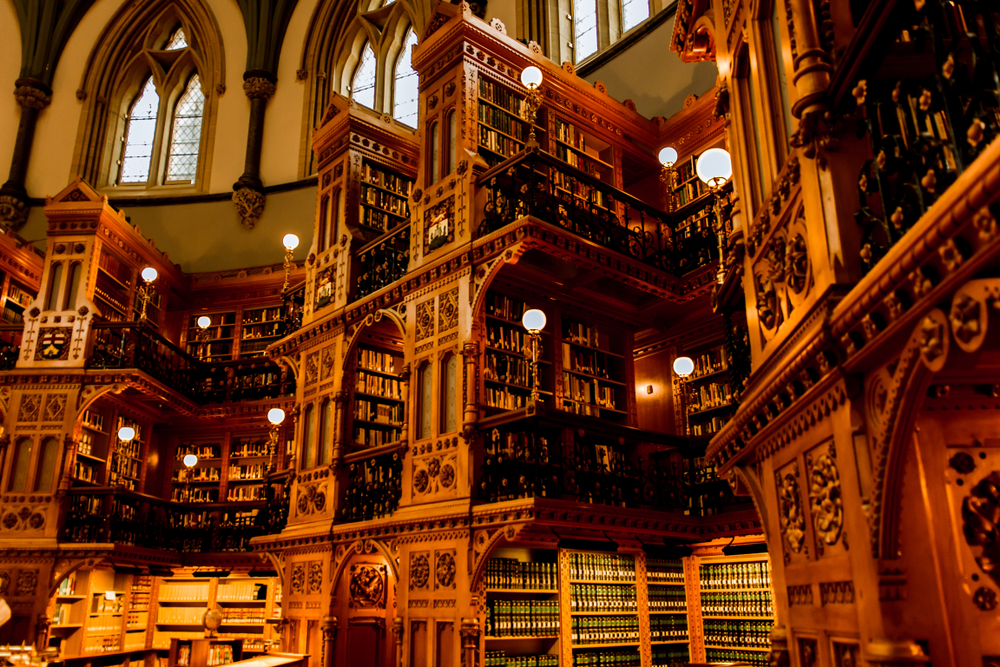
Library and Archives Canada (LAC), based in Ottawa, is the national library of Canada and holds an impressive collection of over 54 million items. Established in 2004 by merging the National Library of Canada and the National Archives of Canada, LAC is responsible for preserving the country’s cultural heritage. Its collection includes government documents, historical records, books, photographs, and digital archives. With an annual budget of over C$100 million, it is a key resource for researchers and historians interested in Canadian history. It serves not only as a repository of Canadian works but also houses international materials. It is dedicated to digitizing much of its collection, making it accessible to a global audience. It plays a vital role in preserving Canada’s history for future generations, with extensive partnerships and outreach programs.
New York Public Library

The New York Public Library (NYPL) is the second-largest public library system in the U.S., located in New York City. Established in 1895, it has a collection of over 55 million items, including books, maps, films, and historical documents. NYPL is comprised of 92 locations across Manhattan, the Bronx, and Staten Island. Its main branch, the Stephen A. Schwarzman Building, is a cultural and architectural landmark, known for its iconic lions. It serves as a major center for research and public access to knowledge. It also hosts numerous public events, lectures, and educational programs. Its extensive digital archives provide global access to rare collections and resources, making it a vital part of both New York’s and the world’s intellectual landscape.
British Library
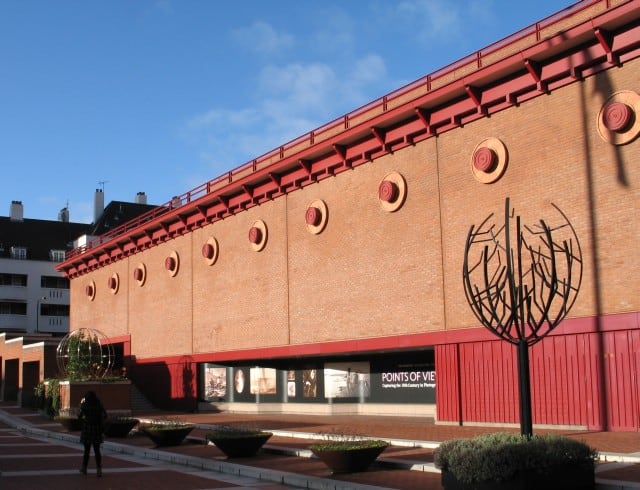
The British Library in London is the national library of the United Kingdom and one of the largest in the world, with over 150 million items. It was established in 1973 but has roots tracing back to the British Museum’s collection, dating to the 18th century. Its collection includes books, manuscripts, patents, and sound recordings, and it serves as a legal deposit institution for every work published in the UK. Notable items in its collection include the Magna Carta, Shakespeare’s First Folio, and ancient Chinese manuscripts. It is also renowned for its eight-story deep basement, where rare and fragile items are stored in climate-controlled conditions. It provides extensive digital access to its collections through its website, making its resources accessible to researchers and the public worldwide.
Library of Congress
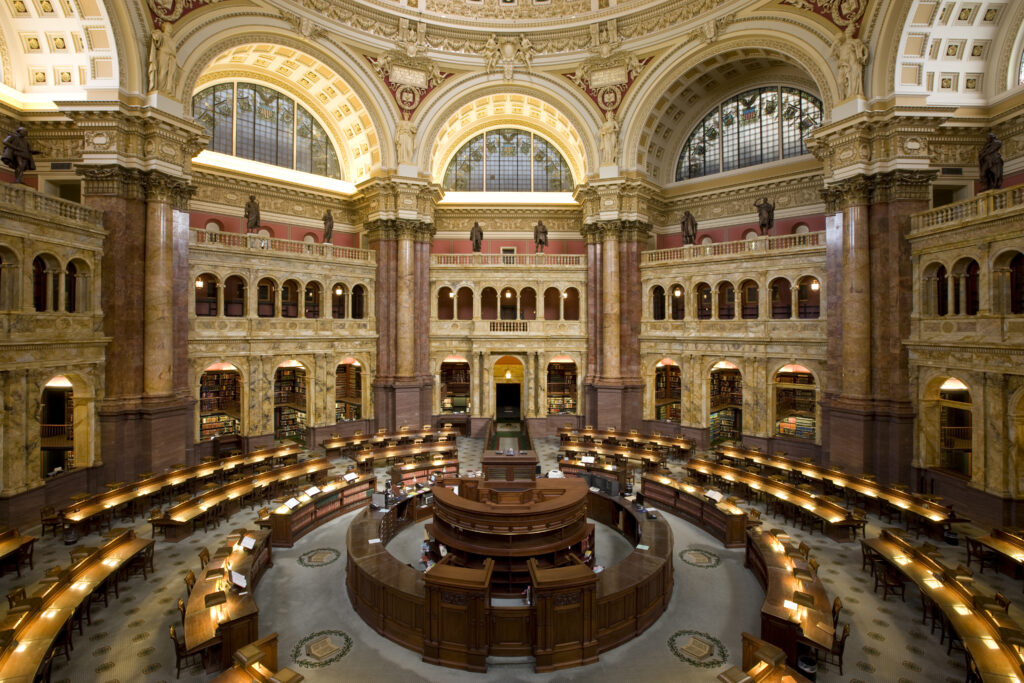
The Library of Congress, located in Washington, D.C., is the largest library in the world, with over 170 million items. It was established in 1800 as a resource for members of Congress but has grown to become a global research institution. Its collections include books, films, music, photographs, and rare manuscripts such as the Gutenberg Bible. It serves as the legal deposit for copyrighted works published in the United States. The Thomas Jefferson Building, its most famous site, is a masterpiece of architecture and design. It also preserves many items of historical significance, including original drafts of the Declaration of Independence. In addition to its vast physical collection, it offers extensive online resources, making it a global leader in digitization efforts.
This article originally appeared on Rarest.org.
More from Rarest.org
16 Most Beautiful and Endangered Coral Reefs

Coral reefs captivate with their stunning colors and rich biodiversity. Yet, these marine treasures face grave threats from climate change and human activities. The following reefs are not only some of the most beautiful but also among the most endangered. Read More.
14 Mysterious Lost Civilizations That Still Puzzle Historians
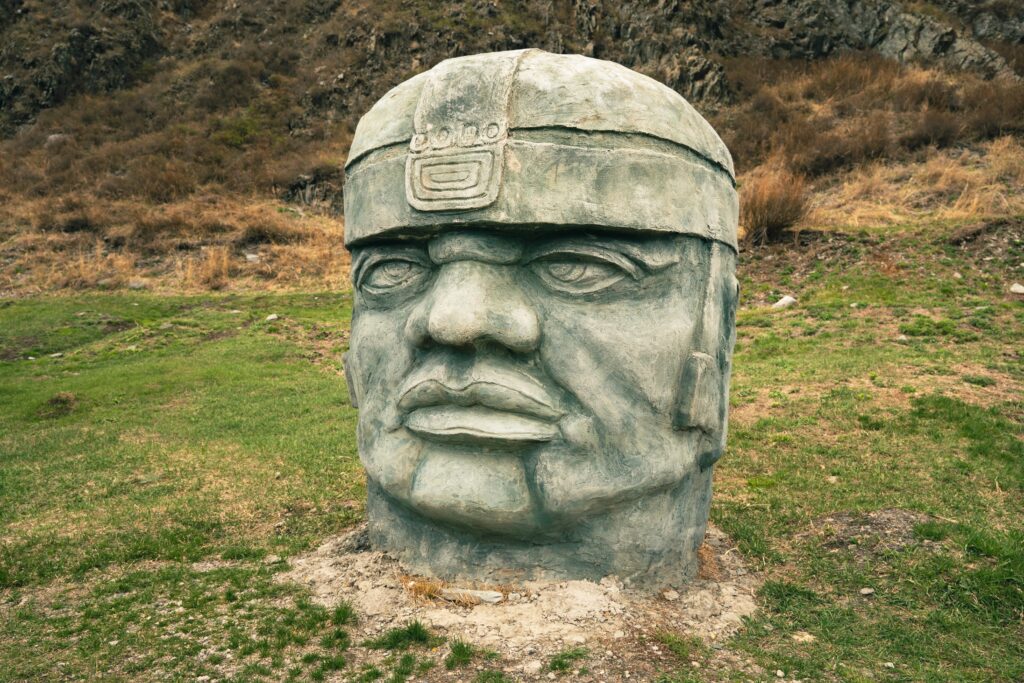
Throughout history, many civilizations have risen to greatness, only to mysteriously vanish, leaving behind ruins and unanswered questions. These lost cultures, once thriving and influential, continue to puzzle historians and archaeologists alike. Read More.
19 Unique Freshwater Fish Thriving in Lakes and Rivers

Freshwater lakes and rivers are home to a fascinating array of unique fish species, each thriving in its own way within these diverse ecosystems. From ancient predators to gentle giants, these fish have adapted to a wide range of environments, showcasing remarkable traits and behaviors. Read More.
